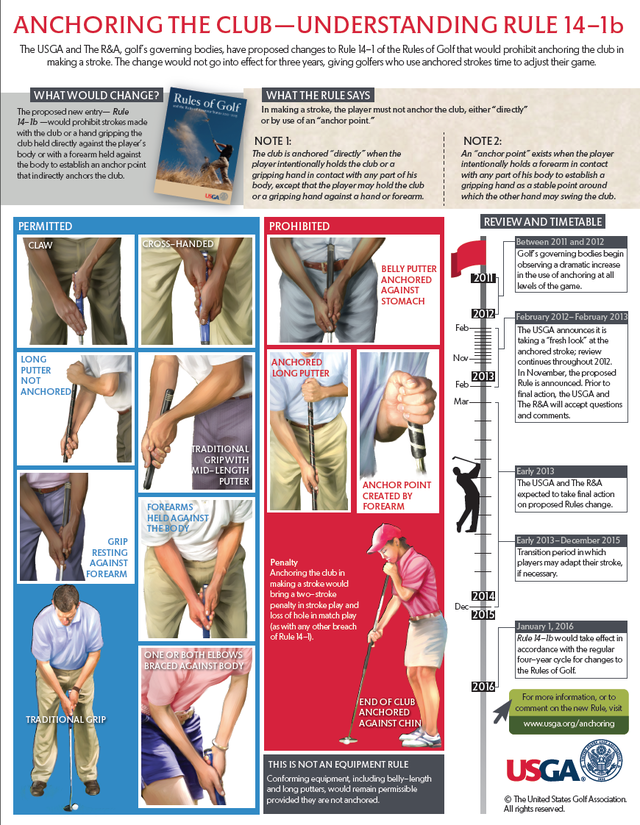Dawson: "We've studied the Old Course more than anyone else."
/R&A Chief Executive Peter Dawson was asked by Rich Lerner to talk about the Old Course changes on the Golf Central wrap up of the anchoring ban coverage.
His comments in their entirety:
We've studied the Old Course more than anyone else.
Actually, I'd take Old Tom Morris, Bernard Darwin and Alister MacKenzie any day in that division (and they're dead!), but go on...
We do know that over time there have been many changes to the Old Course, bunkers have gotten smaller, there were three bunkers that don't exist now. Rough has grown up in places it never used to be.
 Image Courtesy of Golf ChannelYes and I wonder who did that?
Image Courtesy of Golf ChannelYes and I wonder who did that?
Rough has been removed from places where it once was. And the changes we're putting in now, and let me just zone in on two of them now. The Road bunker, which is rebuilt almost annually at St. Andrews because it gets so much traffic, that bunker has never been the same from one Open Championship to the next. And what we're doing this time is finalizing a design, enshrining that so that every rebuild of the bunker in the future will be the same as it has been this year.
Why that entails reshaping the front of the green well separate of the bunker, I have no idea.
And the eleventh green, which is getting quit a lot of publicity I noticed, well the left hand half of that green at modern green speeds in the summer time just can't house a pin position, a hole location.
Oh boy, he said pin position. If he'd said sand trap too he would have been forced to resign! #it'sholelocationtothebluecoatsoftheworld.
Because the slopes on that green, which were absolutely fine at green speeds a century ago, make that side of the green unusable either for championship or every day play.
Or even green speeds a decade or two ago. What changed? Ah right, the mowing heights and quality of the mowers and knowledge of the greenkeepers. How about we set an example and slow down the green?
So just a small reduction in the slope of that green will open up the green for a much wider range of pin positions close to Hill bunker, where Bobby Jones famously came to grief and will even the wear out on the green from a maintenance point of view. These are sensible changes being proposed by people who love and cherish the Old Course.
Proposed? More like dumped on a Friday, started on a Monday and without telling just about anyone!
Brett Cyrgalis talked to Dawson yesterday and also looked at the controversy for the New York Post. He had this from Dawson:
“I’m more than happy to walk around the Old Course with any architect that wants to see it,” Dawson added. “We know that piece of land and cherish it like no one else.”
Aren't all golfers architects?













